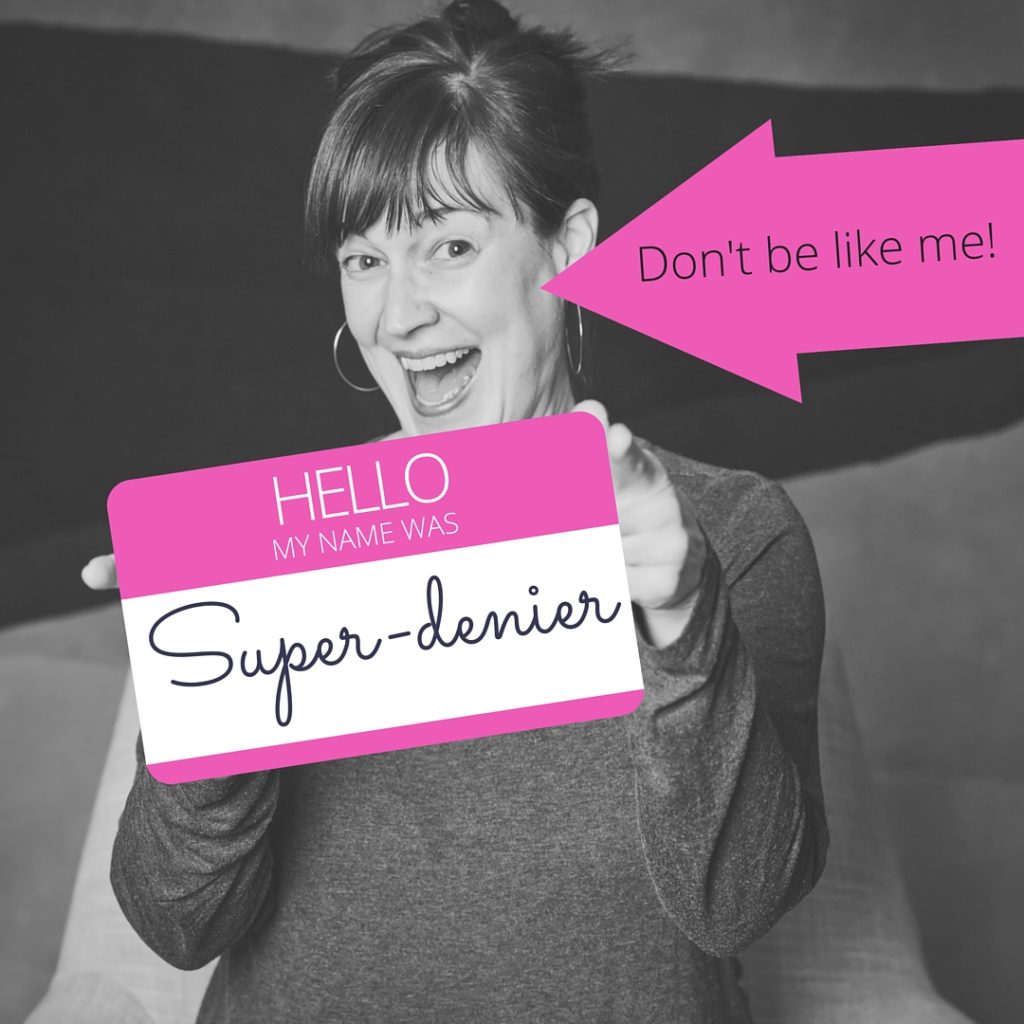What’s In A Name?

For my guest, Colleen Kavanaugh, being a working mother, a daughter, and a partner are a few of the identities she’s comfortable with. But, when taking on the heavy responsibilities of advocating for a mom with Stage-4 breast cancer and a dad with Alzheimer’s and Parkinson’s, she wasn’t quite ready to add “caregiver” to the list. The result was a situation where she ended up doing everything on her own, with no safety net of support. Sound familiar? Founder of The Longest Dance , both a certified caregiving consultant and a certified dementia communication specialist, Colleen is also a daughter who has walked a mile in many of our shoes. I’m so pleased to share her story and the powerful lessons she’s learned in this first of a two-part interview.
What were the circumstances in which you found yourself in the role of caregiver? This question always puts a line from The Talking Heads song, Once In A Lifetime into my head, “And you may ask yourself, well, how did I get here?” During my decade of caregiving I asked myself that question, in David Byrne singsong cadence, over and over again. Caregiving was certainly never an activity on my list of things to do, that’s for certain. I look at my tenure as a family caregiver as what insurance policies call an “Act of God”, like a storm that you hear happening to other towns but never yours. My parents were diagnosed with diseases and needed care. Period. No choice. No picking what is behind door #2 after door #1 had been opened. To reductively sum up my caregiving storm in one run-on sentence…. I was a 34-year old newly divorced parent of a toddler, working full time when I began caring for my mom who was diagnosed (and lived a prognosis defying 3 years) with stage-4 breast cancer and within 9 months of her dying, I began caring for my widowed dad who was diagnosed with Alzheimer’s and Parkinson’s diseases, all the while attempting to live my own life (which now included a new partner and his two children) while dismantling my parent’s very complicated lives.In the midst of it, not unlike being in the middle of a catastrophic storm, I was unable to control the forecast (the diagnosis), but only able to control how I dealt with storm prep and clean up.
What was the most difficult part of caregiving? Was there a positive side to it? If so, please describe. The most difficult part of caregiving, for me, was acknowledging that I was a caregiver. This denial was detrimental to my getting the support I should have gotten in order to manage the stress that I wore around my neck like an invisible barnacle. Even during the times when a parent’s care consumed my life, I was still a mother, partner, daughter, employee, volunteer and active daydreamer. I think part of denying my role was that I ultimately did not want to be doing what I was doing. And what I was ultimately doing was watching my parents die from terminal, degenerative illnesses. Who wants “Death Sherpa” on their business card? I certainly didn’t. That said, the flip side of my business card would have read, “Life Igniter” because, amid the intensity of the worries, endless to-do’s, and perpetual grieving, I truly learned how to live. I met death close up and it whispered to me that I needed to make the most of the unknown time I have left. The intensity of emotions and situations that exist within caregiving are a nonstop roller coaster ride of grueling climbs to a pinnacle that once reached, hurl you off the top into a descent that you can not prevent, control, or escape. It’s nausea inducing at first but slowly, over time, it becomes your new normal and you are no longer getting motion sick at each free fall (or in a caregiver’s case, each health decline, hospital visit, 911 call, or middle of the night crisis). When my caregiving ride was finally over, I knew I could not just walk away from all that I had learned. If an ounce of my experience could be of value to another family caregiver, I needed to share it and give others the practical support and encouragement I so often wished I had, but didn’t know I needed.
Please come back for Part 2 of our interview on Friday, April 28th. In the meantime, be sure to check out Colleen’s website to learn more about the services she offers to caregivers, and sign up to receive some valuable (and free) organizational tools for making life a bit easier.

This made me smile and I haven’t done that this week. I’m looking forward to Part 2. Right now, I’m going to download “Once in a Lifetime ” and add it to my theme song playlist.
Thank you, Judith.
Cathryn – Any day we can find something to smile about is a good day. So glad you found it here on the blog! I think you’ll really enjoy Part 2 of Colleen’s interview. She shares some great advice for caregivers at every stage of the journey. Love that you’re downloading “Once in a Lifetime.” Thanks so much for stopping by!